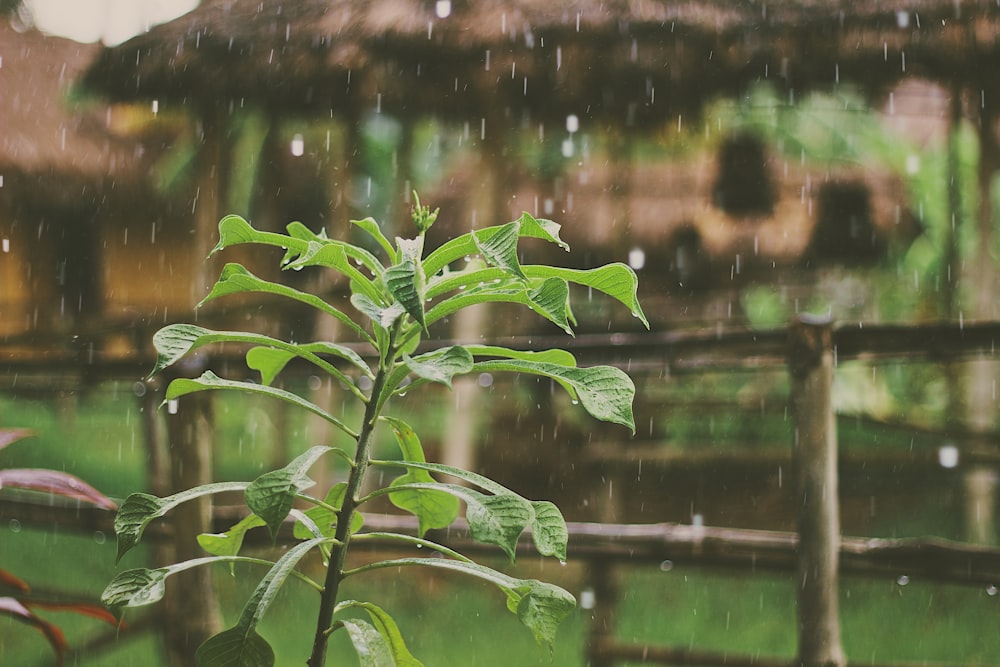
India has a very unequal distribution when it comes to annual rainfall. It varies with the season as well as geography. During the summer and the winter seasons, most of the country is dry, while during the monsoon, some areas face flood-like situations. Similarly, India has regions which experience high, moderate and very little rainfall. This aspect makes rainfall in India highly unpredictable. We know how important rainfall is for a country’s economy and the unpredictable nature of rainfall in India indirectly affects our growth.
Some Facts and Statistics
The monsoon reports seventy per cent of the country’s yearly rainfall which immensely affects the economy. The food and agricultural sector, which constitute more than 75% of the economy is highly dependent on the monsoons. Farmers wait patiently and pray sincerely for the rains to shower their blessings on their crops but if the monsoon season itself goes through such fluctuations, it’s guaranteed to critically influence the economy. If the land is not receiving the adequate amount of rainfall it requires, the country will end up going into a loss in all the sectors be it political, economic, or industrial.
The cases of Chennai, Kerala and Assam
A government think tank, the National Institution for Transforming India, said in a report last year that 21 Indian cities — including New Delhi, Hyderabad, and Chennai — could run out of groundwater by 2020. Why wait till 2020, when 2019 has already been affected by Chennai facing a dry monsoon this year, losing their cultivation lands and marshes which were important for their increase in groundwater level. Since Chennai is the fourth largest city in India it has definitely affected the tourist, cultural, and the economic state of India. Further, the floods in Kerala last year, or the ongoing floods in Assam clearly point how unpredictable rainfalls are, and the extent of destruction they can bring to a city, a state, or even a county.
A question we need to ask ourselves is why were the effects so adverse. Why could we not deal with the varying rainfall patterns? Some direct answers which come to mind would include inappropriate drainage systems, inadequate food and healthcare for the victims, ineffective recovery techniques, lack of proper support for farmers etc. An improvement in these aspects needs to take place if we want to deal with the adverse effects of the unpredictability of monsoon.
Reasons why monsoons are critical for the Indian economy
The main four months, starting from June till September is the most crucial time for the monsoons in India and is responsible for Rs.13,72,31,80,00,00,000.00 of the economy. This huge amount clearly shows how dependent the Indian economy is on the monsoons. If the monsoons become dry, or floods happen, the GDP decreases to such an extent that the market rate for the non-agricultural sector will also dropdown. The irrigation means and the water levels would also affect the economy along with the trading system. All of these situations would obviously have a very big impact on the rural economy which consists of 72.2% of the country. The rural population is dependent on rainfalls for their existence and the highly fluctuating rainfall levels directly increase the mortality rate.
Further Crisis
With the amount of growing population, India’s inflation will certainly grow to an intolerable state and the economy will have not much to provide the country with. As stated above, the food sector will be affected as well if the flow of rain is not in proportion to the economy’s level. Infrastructure will be highly affected if the monsoon is above 115%. And it would still be affected if the annual rainfall isn’t as much as expected. Banks will have to deal with a lot of loss as they grant loans to farmers for their fields, crops, and lands. No rain would destroy farmers’ chances of paying back their loans. These crises would affect the developing areas of India. From being a developing country it would come down to the lowest rank of an underdeveloped country.
Conclusion
Monsoons can fluctuate a bit but after analysing the levels of unpredictability in India, we can say that we all are at fault for this climatic pattern. Global warming is an issue we all are dealing with, and the sporadic nature of rainfall is a direct consequence of this. Short term solutions to this problem include improving the system in place to deal with any disasters caused due to monsoons. The long term solution would be to curb global warming and environmental degradation, which are the root cause for unpredictable rainfall. So as the rain cycle takes its own time in preparing for our next rain, we should prepare ourselves with a positive change to deal with this double-edged sword named ‘The Indian Rainfall’.
- Mihika Menezes
Want to get published on EMN and join the community? Here is an opportunity to join the Board of Young Leaders Program by Eat My News. Click here to know more: bit.ly/boardofyoungleaders










0 Comments